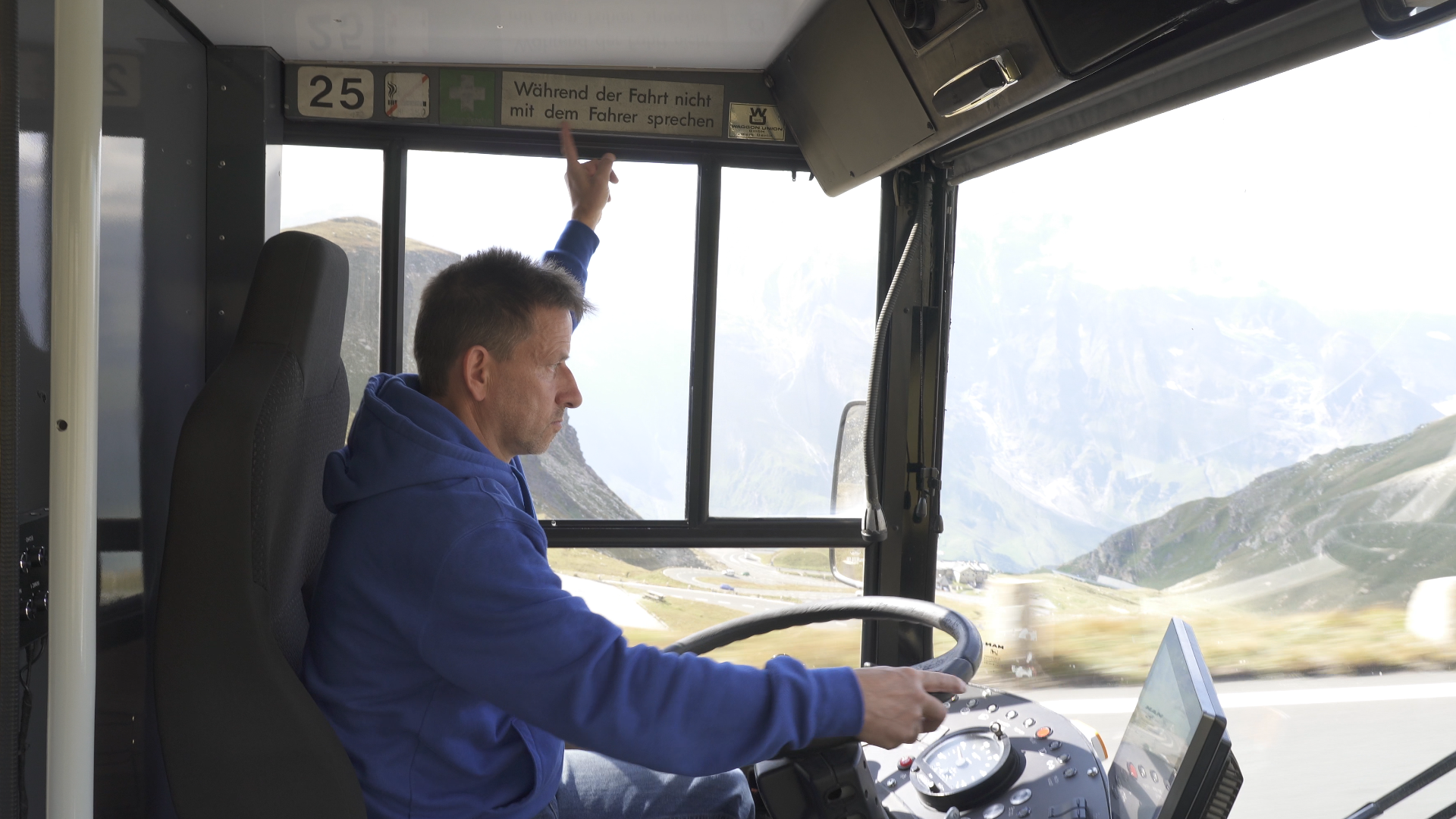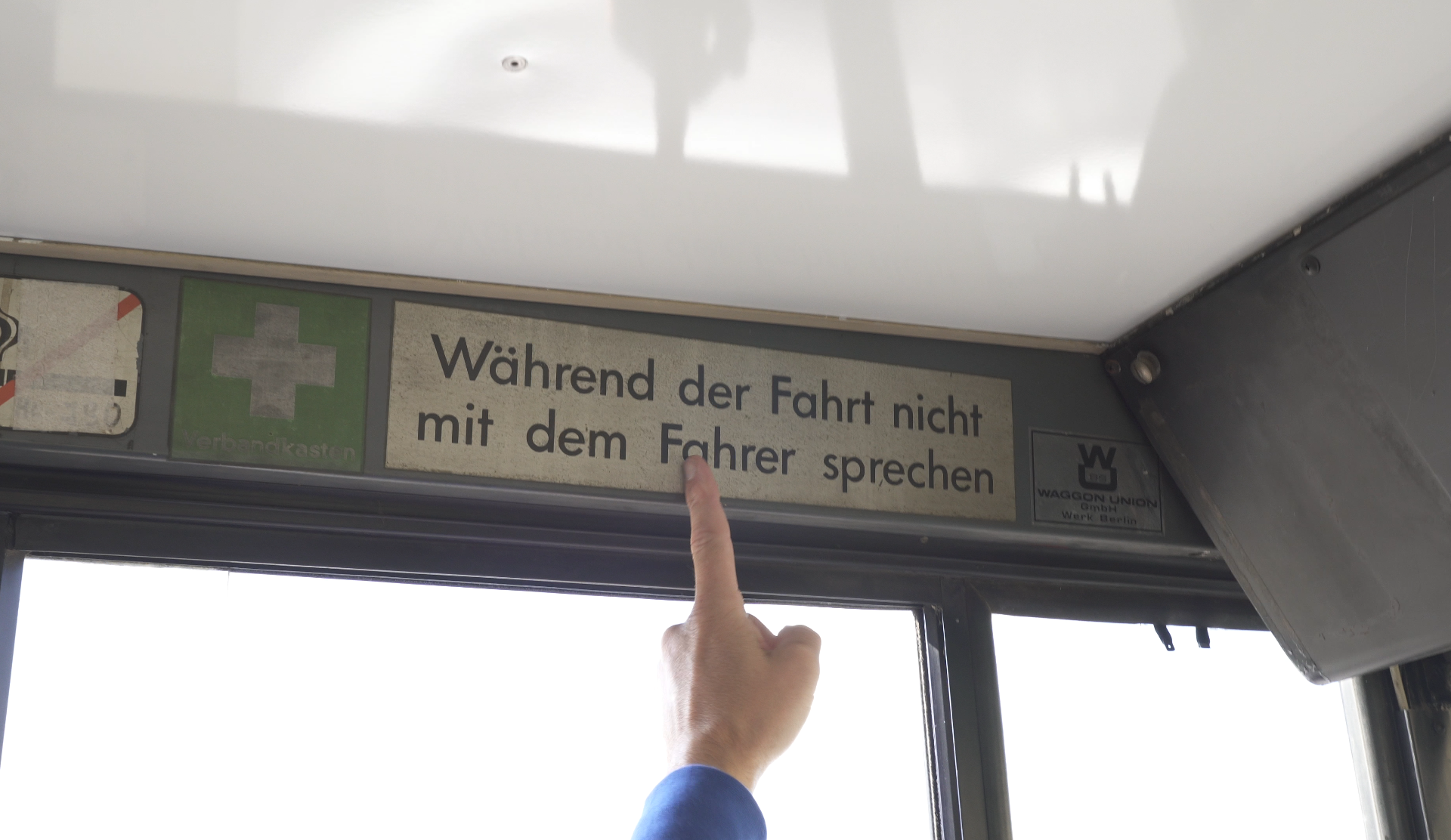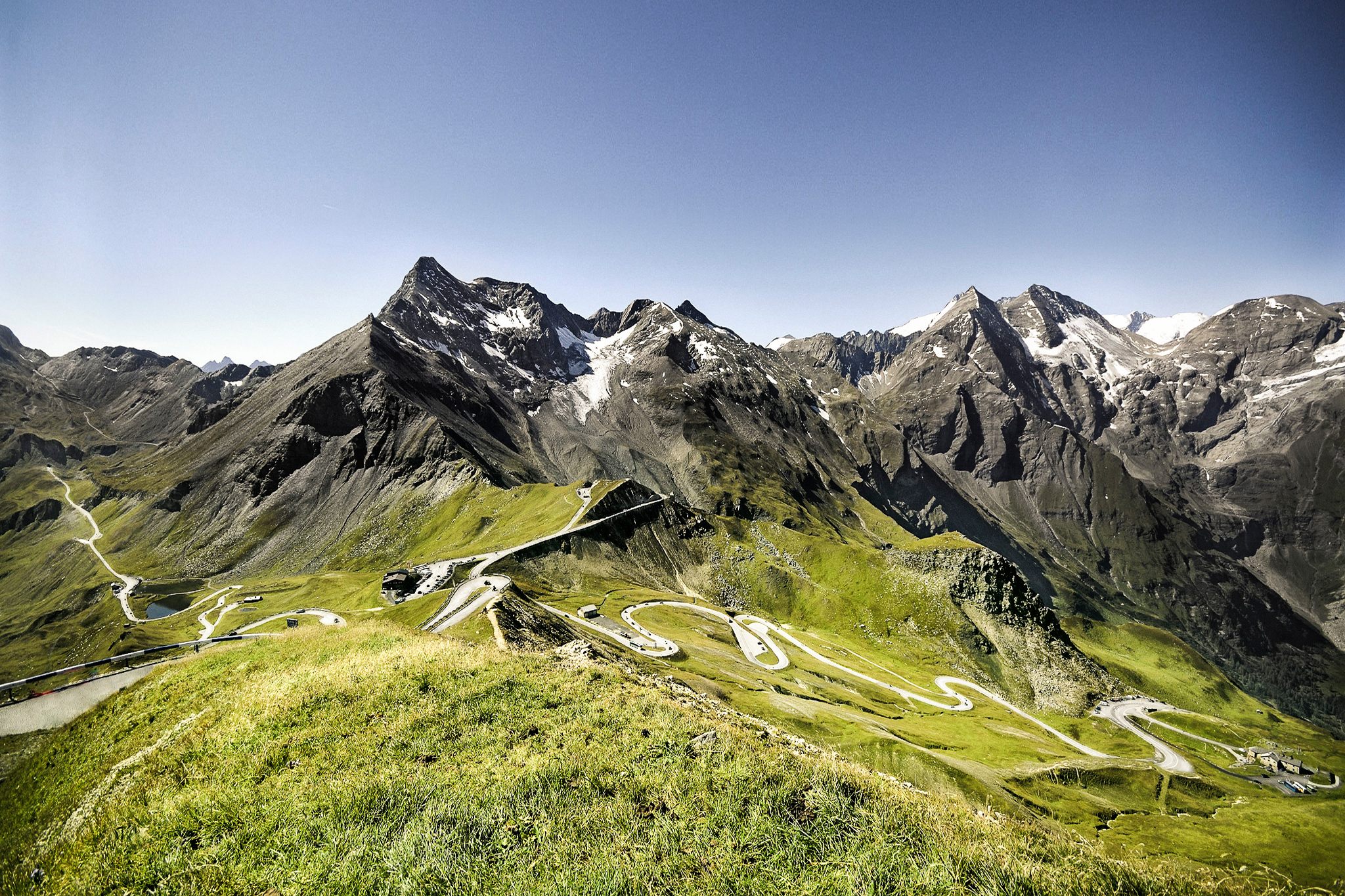What does the driver say?
Reiner Zern drove the Elcty double-decker bus up the Grossglockner. Without breaking a sweat.
WonderVision: Smart mobility for the blind
It’s not that easy to get an answer from Reiner Zern. The man knows his rules: No chatting while driving.

We just want to hear what it feels like to go up the highest mountain in the Austrian Alps in an electric double-decker that already weighs ten tonnes when empty…

… all right then, let’s find a parking space, pull over – and now we can talk.
Reiner, this bus is actually a die-hard townie. How is he doing in the Alps?
I’m surprised: At first I was worried about how it would get up the hill, but the bus manages it without any problems. Even the power consumption remains within reasonable limits. The recuperation downhill is also better than expected: You arrive back at the bottom almost fully charged.*
No anomalies?
Only the surprised reactions of the people here who wonder if it really is an electric bus.
Your personal verdict?
My verdict is that – unless it’s a fun ride with as much engine noise as possible – electric is clearly the better alternative. This is because in terms of driving, torque and power delivery, it is even better suited for this terrain.
How does that show?
If you have to stop and start up on an incline, as a bus driver you normally break out in a sweat. There’s no need for that here. It’s a very relaxed ride.
* The Elcty used 41 per cent of the battery charge on the journey up the Grossglockner. On the descent, 24 per cent was recharged through recuperation, i.e. more than half. Find out more about the technical findings from the trial here.
